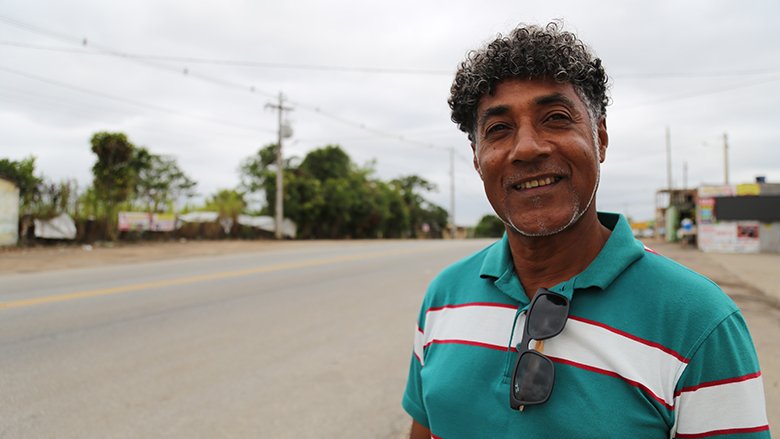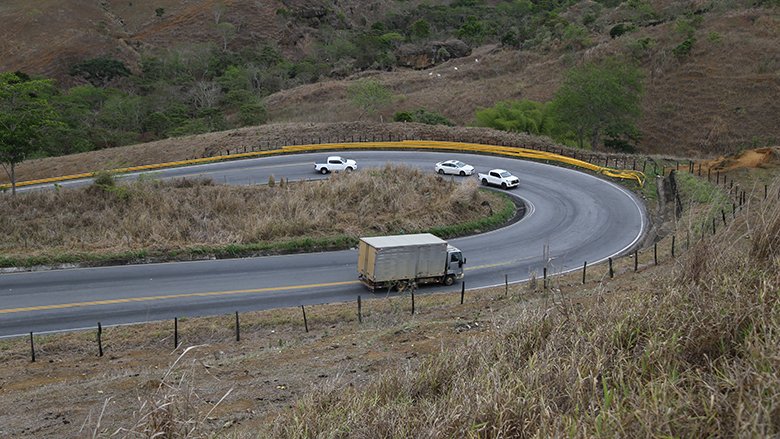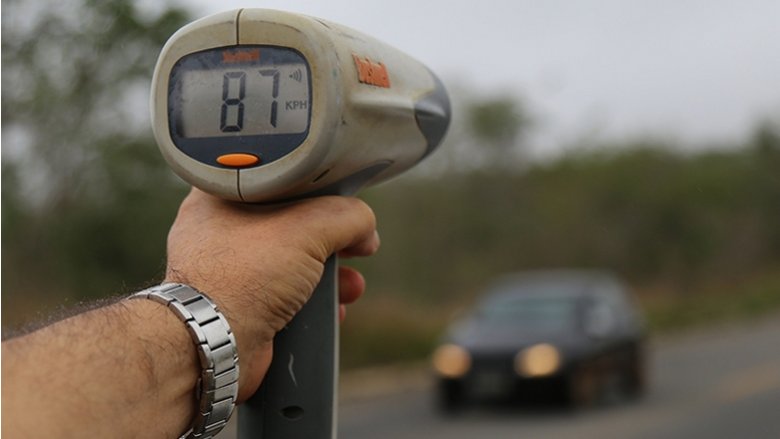As a driver, what aspects do you take into account when assessing the quality of a road? For Anibal Coelho da Costa, a civil engineer with 50 years’ experience in this area, the answer is easy. “For a layperson, good roads are those with no potholes or major deformations,” he says. “However, someone with technical training may be able to identify significant wear even in the absence of apparent potholes—which is an indication that, in the short term, perhaps in the next rainy season, water may penetrate the road surface causing it to deteriorate rapidly,” he adds.
A visit to some state highways improved under the WB-funded Bahia Road Recovery and Maintenance Program (PREMAR 1 and 2, which ran from 2006 through 2014, and from 2016 through 2021, respectively) helps us understand these different perceptions. It also shows how important that program was for local communities, and how much may still be done to improve that state’s transport infrastructure.
In total, the program rehabilitated 4,000 km of roads: 1,000 km in Phase 1, and 3,000 km in Phase 2. One of the projects was developed on an area along BA-263 known as Serra do Marçal, where there is an elevation difference of over 400 m (over a 6-km stretch), and curves that resemble bent elbows. In 2007, the road was closed for almost six months for the rehabilitation works. “We had to create a long detour, and traffic was complicated at the time, but the results were good,” recalls Anibal, who worked on both PREMAR 1 and 2.
Gas station manager Mauricio de Jesus Oliveira also remembers that time well. “When traffic was diverted, our business at the gas station slowed down. There were many potholes on the way from here (the municipality of Itambé) to Vitória da Conquista at the time. In addition to managing the curves, we had to pay attention to the potholes.” Today, he is happy with the road’s condition. “I think we are good now.”
Thanks to the support of PREMAR, the 300 km from Paulo Afonso to Juazeiro can now be covered in four or five hours, instead of the previous 12 hours. “I don’t get as tired, and I feel safer behind the wheel,” says driver José Correia.
Building on these initial important improvements, the team working on the design of a new program (Pró-Rodovias) identified several points for attention. These points are not only relevant for the state of Bahia, but for other states to be included in the Pró-Rodovias Program (Espirito Santo, Rio Grande do Norte, Goias, Tocantins, Santa Catarina, Mato Grosso do Sul, and Piaui); and to federal highways managed by the National Department of Transport Infrastructure (DNIT) in the Northeast. This is an important step toward increasing road safety in Brazil, a country that ranks third globally in road deaths, according to a bulletin from the National Transport and Logistics Observatory (ONTL).




